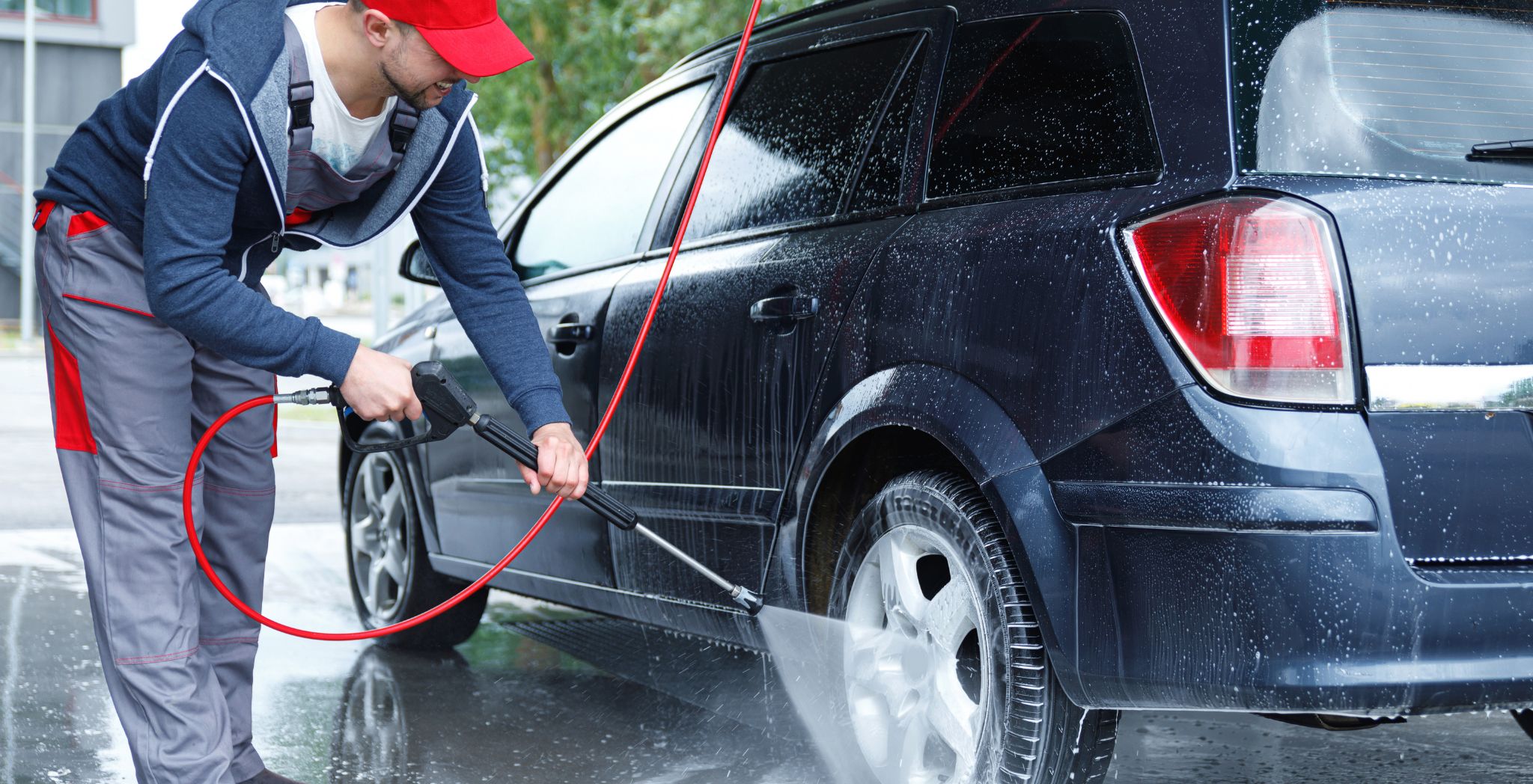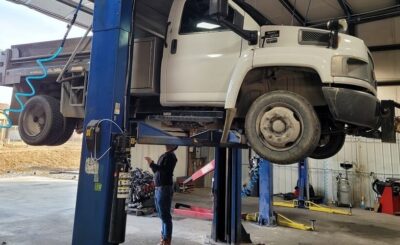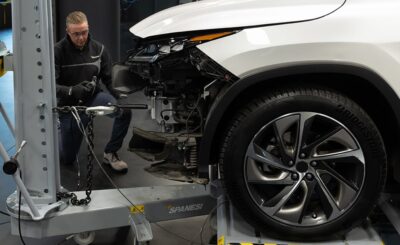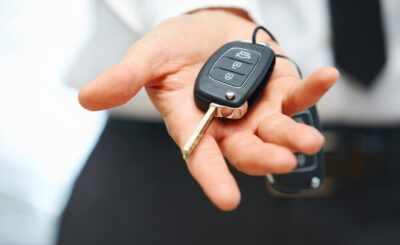There are many choices to make when starting or expanding a car wash business. Choosing the right car wash tools is one of the most important ones. The machines and tools you pick will have a direct effect on the quality of your service, how happy your customers are, and how much money you make in the long run. It can be hard to decide what to do when there are so many options. But focusing on a few key areas will help you make a smart choice.
Understanding Your Business Model
The first step in choosing equipment is to clarify your business model. Are you planning a self-service setup, an automatic in-bay system, or a full conveyor tunnel? Each requires different levels of investment and space:
- Self-Service Car Washes rely on versatile equipment like high-pressure wands, vacuums, and foam brushes. They are cost-effective but depend on customer participation.
- Automatic In-Bay Systems use touchless or soft-touch equipment and are ideal for smaller lots. They require less labor but offer limited volume compared to tunnel systems.
- Tunnel Car Washes involve more advanced car wash equipment, such as conveyors, brushes, dryers, and chemical applicators, and they can handle higher traffic volumes, making them ideal for busy urban areas.
By identifying your business model, you can narrow down the types of equipment that align with your goals.
Prioritizing Quality and Durability
Car wash equipment is a long-term investment, and cutting corners often leads to frequent breakdowns, costly repairs, and unhappy customers. Look for equipment built with high-quality materials like stainless steel and corrosion-resistant components. Reputable suppliers often provide warranties and maintenance support, which can be invaluable as your business grows. Remember that reliable equipment ensures smoother operations and protects your reputation.
Considering Efficiency and Technology
The business world is changing because of new technology. Many of the newer machines are made to use less water and electricity while still doing a great job of cleaning. Features such as advanced water reclamation systems, touchless wash options, and automated chemical distribution not only save resources but also appeal to environmentally conscious customers. Investing in energy-efficient car wash equipment also lowers operational costs over time.
Matching Equipment to Customer Expectations
Customer preferences should guide your purchasing decisions. Some drivers prefer touchless systems to avoid potential scratches, while others enjoy the deep clean provided by soft-touch brushes. Offering options—or at least understanding your target market’s expectations—can set you apart from competitors. Equipment that enhances the customer experience, such as faster drying systems or premium wax applicators, adds value and encourages repeat visits.
Budgeting Wisely
While it may be tempting to buy the cheapest equipment available, consider the total cost of ownership. A lower upfront cost might mean higher maintenance expenses and downtime later. Factor in installation, training, spare parts, and ongoing servicing when creating your budget. Financing options are also available through many suppliers, allowing you to spread out costs without sacrificing quality.
Maintenance and Support Availability
Even the best equipment requires upkeep. Before making a purchase, ensure that replacement parts and technical support are readily available in your area. Suppliers who provide training for your staff, maintenance contracts, and fast response times can save your business from extended downtime. Reliable support is just as important as the equipment itself.
Planning for Growth
Finally, think long-term. As your car wash gains more customers, will your current equipment handle the demand? Investing in scalable systems—such as expandable conveyor tunnels or modular vacuum stations—ensures you’re prepared for growth without replacing everything later.
Conclusion
Choosing the right car wash equipment is a balance of quality, efficiency, customer satisfaction, and long-term value. By carefully evaluating your business model, prioritizing durability, embracing modern technology, and planning for the future, you can make an investment that supports both your customers and your bottom line. The right tools not only clean cars—they help build a thriving, profitable business.








